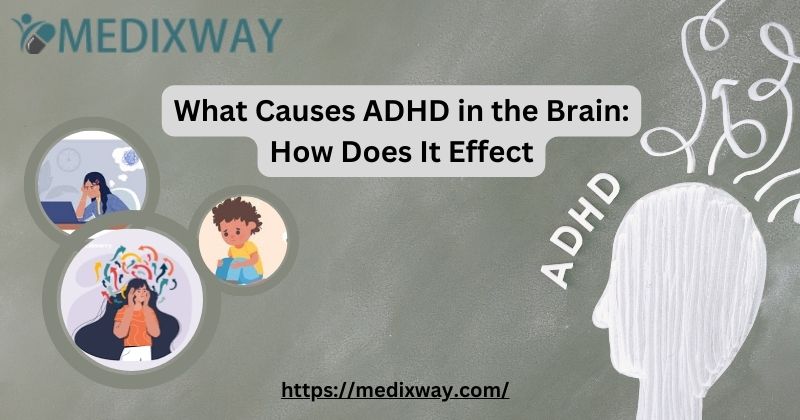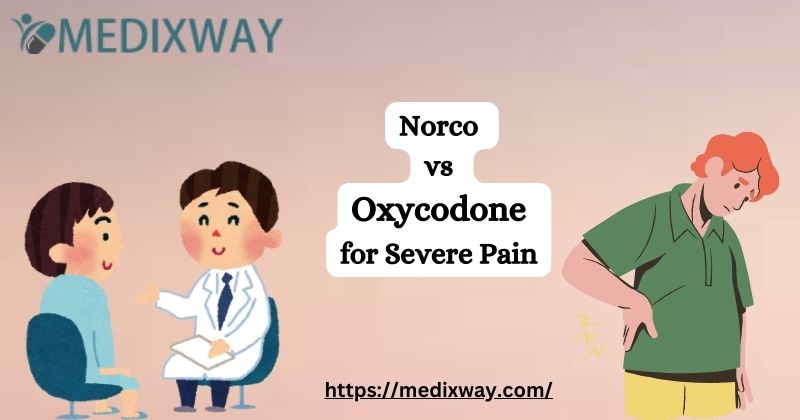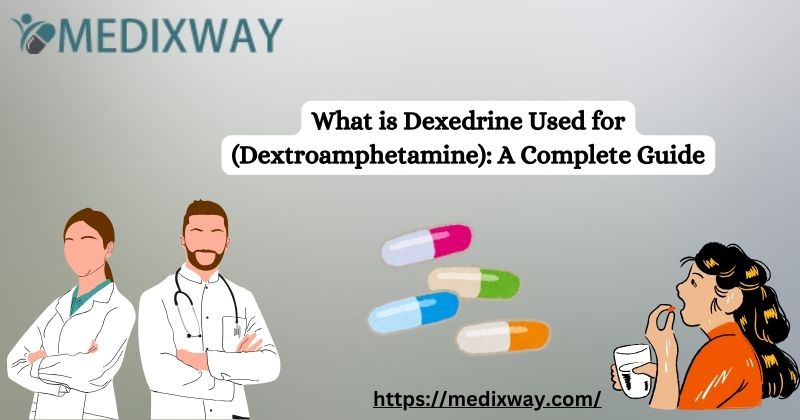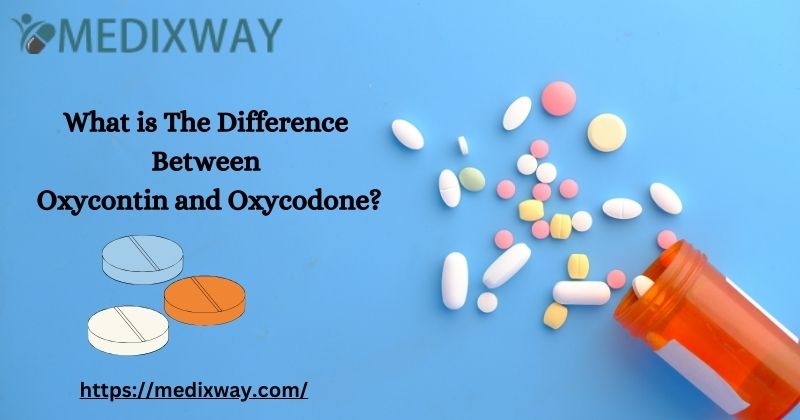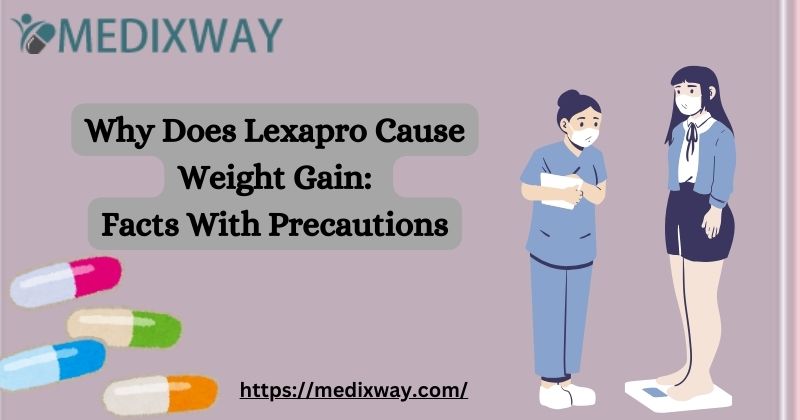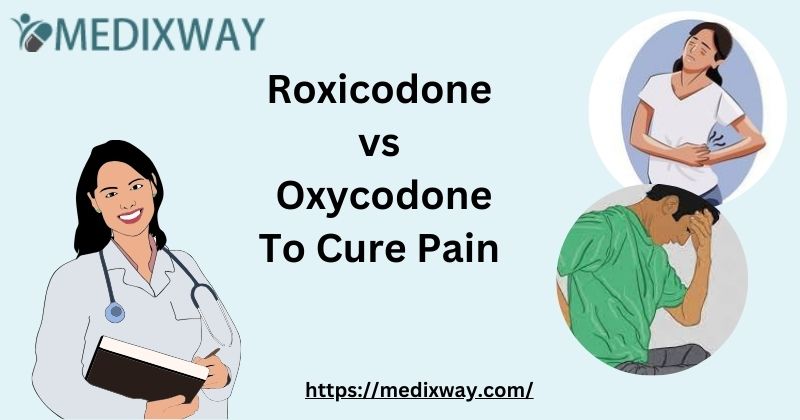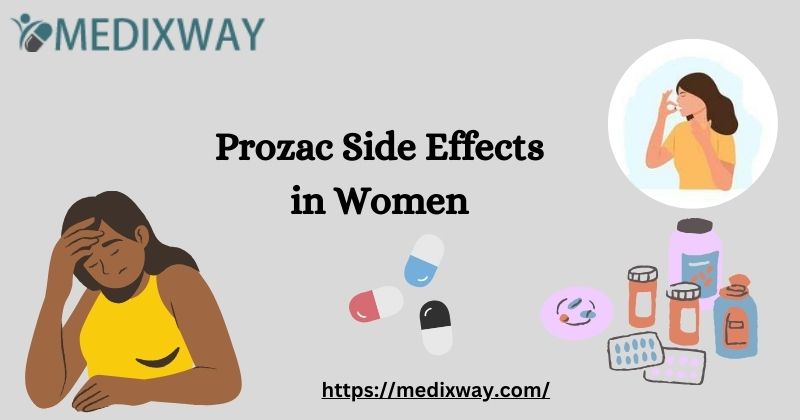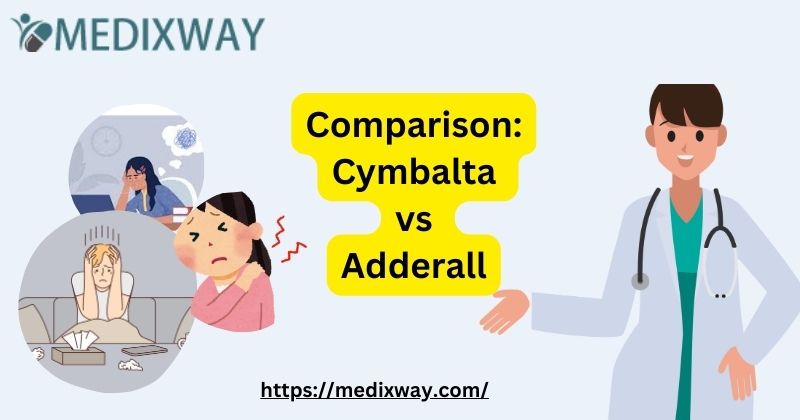Attention-deficit/hyperactivity disorder (ADHD) is one of the most prevailing childhood neurodevelopmental disorders, i.e., conditions that affect the brain’s functioning, where the brain may work in various ways. In this blog, we will discuss what causes ADHD in the brain and how it affects the health of a person.
Children with ADHD, often experience difficulty in dealing with inattention, hyperactivity, and impulsiveness. Symptoms may range from mildly impaired where the patients may experience thinking problems compared to other people of their age.
As per Centers for Disease Control and Prevention data, throughout the world, 7.2 % of children have received an ADHD diagnosis and nearly 11 % of American children between the ages of 2 and 17 have received an ADHD diagnosis.
So, let’s start the blog with a brief introduction to ADHD.
What is ADHD?
People with ADHD are not able to focus, show an impulsive nature, i.e., act without thinking, are not able to control their emotions, and may have difficulty paying attention to detailed things.
For example, a child affected with ADHD may have problems in school and at home in paying attention, focusing on things, trying to cope with his or her colleagues at school or in the surroundings, and getting disheartened easily.
Scientists have realized that the brains of children with ADHD show differences, and as the child becomes mature, some of these differences show an unusual change.
What Causes ADHD in the Brain: Causes, Symptoms and Treatments
1) Linkage of Genetics with ADHD
Members of a family are more likely to get ADHD if it is present in the family. The chances of identical twins being affected with ADHD are more as compared to nonidentical twins. These may suggest a linking of the genes to the condition, as identical twins are likely to have similar genes as compared to nonidentical twins.
2) Development in the Brain
As ADHD is a brain-related problem, children with ADHD have a lower amount of brain chemicals (dopamine). These changes in the brain may include:
a) Structure of Brain
People affected with ADHD showed a decrease in the overall brain volume and specific brain regions, rather than those without ADHD.
- These regions may include
- The caudate nucleus and putamen are responsible for the voluntary movement of the different bones in the body.
- The nucleus accumbens, which plays a role in processing various actions like feeding, headaches, and so on.
- Amygdala, which controls emotions, and endocrine functions.
- Children with ADHD showed more differences in brain volume than in adults.
b) Function of Brain
As per 2018 research, functional MRI (fMRI) studies revealed that people having ADHD may have impairments in various brain parts that are responsible for the functioning of memory, cognitive control, and so on.
It is noticed that people with ADHD may have differences in brain networks when dealing with different brain activities.
c) Chemistry of Brain
By brain chemistry we mean the various chemicals present in the brain which may affect the mood and nervous system. One major chemical is dopamine. Different emotions like pleasure, pain, and achievement may react differently in the brain.
People with ADHD may have lower levels of dopamine as these people have higher amounts of proteins known as dopamine transporters, which tend to decrease dopamine levels in the brain.
d) Injury to the Brain
A traumatic brain injury (TBI) is an injury that affects the working of the brain.
When a person suffers from traumatic brain injury (TBI) his brain does not function in a normal manner and this may be a serious matter.
A 2018 study with children ages 3 – 7 years old who were hospitalized overnight for TBI found that TBI showed an increased risk of ADHD up to 7 years after the injury.
e) Other Possible Causes of ADHD may Include:
1) Premature birth
2) Weight at birth time low.
3) Brain anatomy.
Symptoms of ADHD:
1) Inattentive Type
Difficulty in focusing and staying, continuing, and organizing the task are some of the areas where the kids may face hurdles.
According to the Association Diagnostic and Statistical Manual of Mental Disorders, Fifth Edition Text Revision (DSM-5-TR) a child with this type must display at least six of the following nine behaviors.
a) Making silly mistakes or difficulty in paying attention to details.
b) Not able to focus or concentrate on the given task.
c) Easily getting distracted.
d) Losing things regularly.
e) Not able to organize daily activities properly.
f) Forgetful nature.
2) Impulsive Type
According to the DSM-5-TR, a child must behave at least six of the following nine behaviors. These also pose problems in daily activity.
a) Running when to be normal, and inappropriate behavior.
b) Making unnecessary noise in leisure activities.
c) Always driven by an ego.
d) Talking a lot.
e) Giving answers before the question is completed.
f) Often stopping or interrupting other’s conversations.
ADHD and its Treatment in Children:
Treatment for ADHD can include
1) Stimulant Medicines
Such medicines may help balance chemicals in the brain and help the brain focus and may reduce the major symptoms of ADHD.
2) Management Training for Parents
It may be difficult to manage children with ADHD. This condition may be a challenge which can lead to stress or tension in the family. Parents may attend classes in behavior management skills which can benefit all the family members. This training is likely in the form of a group and can encourage parent-to-parent support. Such skills may improve targeted behavior like completing the homework on time.
3) Miscellaneous Treatments
Various educational programs, self-management, behavioral therapy, and certain antidepressants prescribed by health care experts may be of help.
How to Prevent ADHD:
1) During pregnancy, do not take things that can harm the unborn baby. For example, avoid smoking cigarettes and taking alcohol when pregnant.
2) Limit screen time, i.e., avoid excessive use of mobiles or sitting for long hours in front of the television.
3) Take the required amount of sleep.
Conclusion:
Attention-deficit/hyperactivity disorder (ADHD) is a normal, lifelong condition and may affect people of all ages. Although it may affect the child’s behavior and if unnoticed initially, it can be treated with therapy and medications. Today this blog ‘What Causes ADHD in the Brain’ provides the all related information with the prevention techniques.
Reaching out to a healthcare provider plays an important role in the diagnosis and can figure out the right treatment method needed for the child.
Read more suggested blogs…
Lexapro vs Adderall For Anxiety and ADHD

